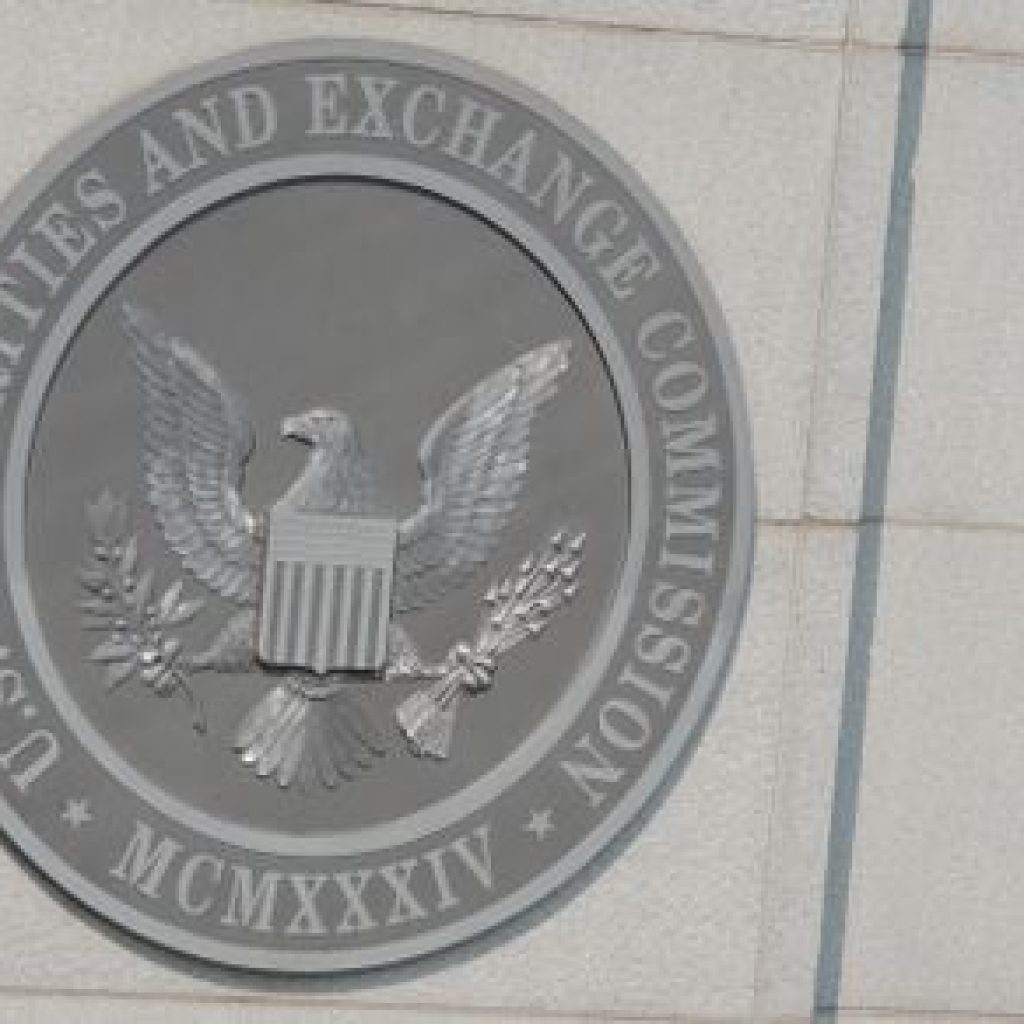The whispers of India potentially exiting the BRICS bloc have swelled into a roar. Given the bloc’s ambitions to widen its embrace, it’s ironic how tensions within its original fellowship hint at a splintering tale. The focal point? India’s subtle yet noticeable drift away from this collective, opting instead to warm up to the West. This pivot isn’t just a mere shifting of alliances; it heralds a controversy that could see a foundational member stepping out of the circle.
For a good part of the past year, BRICS seemed on an upward trajectory, adding six more nations to its family at the 2023 summit. This expansion wasn’t just about numbers; it was about adding heavyweight voices like Saudi Arabia and the UAE into the mix. Yet, beneath this facade of growth lurked the seeds of discord, planted right at the inception of BRICS, particularly concerning India’s role and rapport within the group. The fault lines became glaringly apparent when sanctions on Russia complicated oil trades, a vital area of collaboration within the bloc.
The Crux of the Conflict
At the heart of this discord was an intricate oil deal between Russia and India, concocted as a workaround against Western sanctions. This deal wasn’t just financially lucrative for India, saving it nearly $7 billion, but it also marked a significant move towards de-dollarization, with payments made in local currencies. However, the plot thickened when Russia proposed compensations in Chinese Yuan, a suggestion that didn’t sit well with India, given its lukewarm relations with China.
This financial tangle was further complicated by India’s decision to purchase oil from the United States, a move reported by Bloomberg. Considering BRICS’ often anti-Western stance, this development didn’t exactly elicit cheers from the other members. Here we see the crux of the problem: India’s balancing act between its traditional BRICS partners and its Western engagements, a maneuver fraught with geopolitical implications.
Economic Prospects Amidst Geopolitical Tensions
On the economic front, India’s story is one of robust growth and promising forecasts. S&P Global recently upped its growth prediction for India’s FY25 to 6.8%, buoyed by strong domestic demand and an uptick in exports. This adjustment mirrors the optimism surrounding India’s economic trajectory, pegging it as the fastest-growing major economy globally. Moody’s, too, joined this chorus of positive forecasts, projecting a significant 8% GDP growth for FY24, fueled by government spending and domestic consumption.
The economy’s performance in the December quarter, with an 8.4% growth rate, stands as a testament to its resilience. Manufacturing, electricity, and construction sectors led this surge, defying fears of a slowdown. Such dynamism has prompted the Reserve Bank of India to revise its growth forecast upward, alongside expectations of a moderated fiscal deficit and a strategic path towards fiscal consolidation.
Yet, the tale of economic vibrancy is nuanced by challenges, including the need to navigate restrictive interest rates and regulatory measures aimed at curbing unsecured lending. S&P Global’s anticipation of rate cuts across several Asian economies, including India, points to a cautious yet strategic approach to fostering economic growth amid inflationary pressures and global economic headwinds.
As India treads this complex geopolitical and economic landscape, the question of its allegiance to BRICS versus a pivot towards the West remains pertinent. The balance between sustaining growth, managing international relations, and navigating internal economic policies underscores the multifaceted challenges the nation faces on this global stage.






